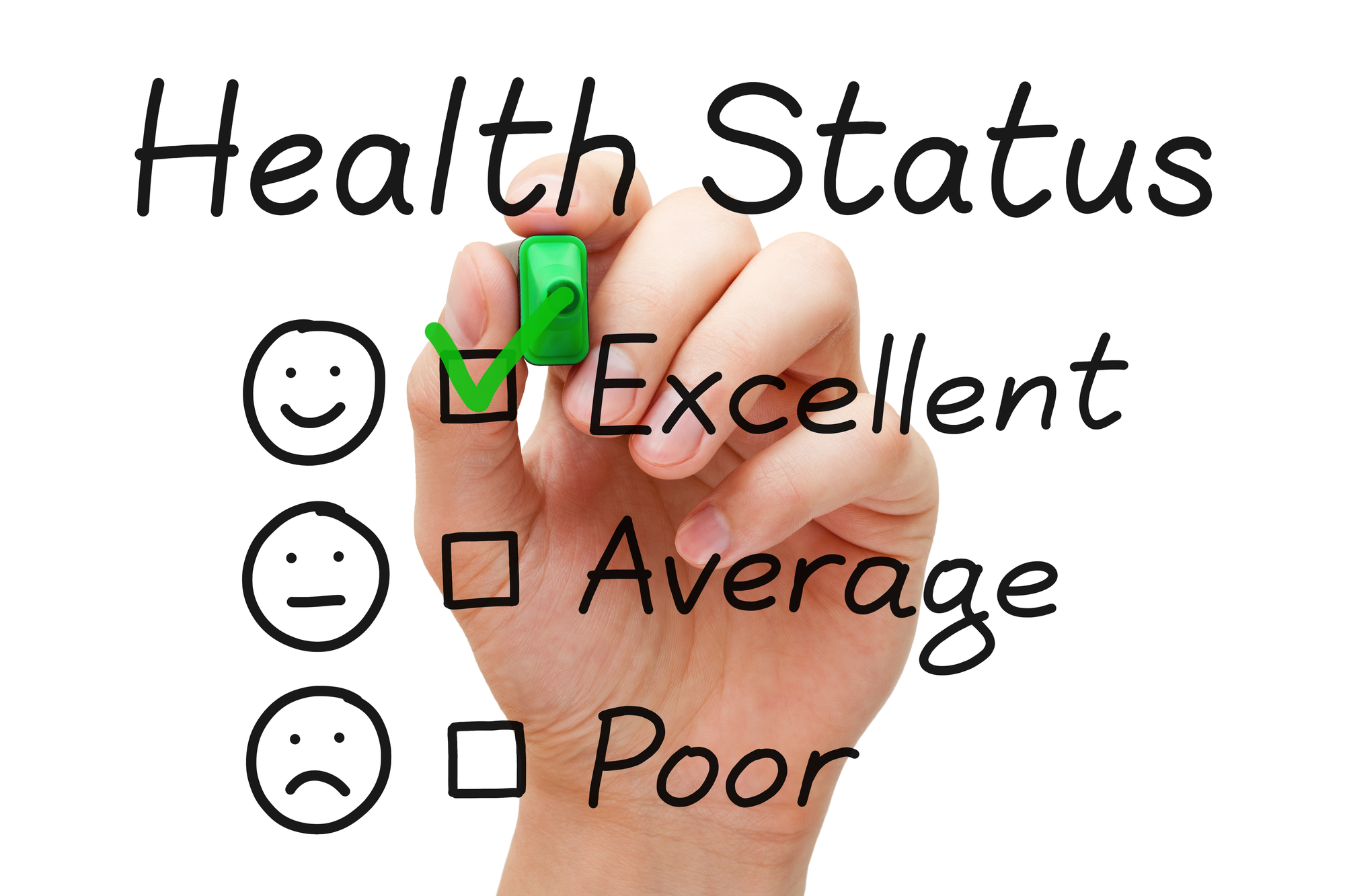Payment Deadlines Extended
Due to the growth in their plans and high call volumes, the University of Utah Health Plans and SelectHealth are extending their payment deadline to January 12 ( U of U) and January 15 for individuals with a January 1 effective date.
- You may call the University of Utah Health Care customer service at 801-587-6480 option 5.
- Walk-in payments can be made M – F from 8:30 am – 4:30 pm at University of Utah Health Plans – 6053 Fashion Square Drive, Suite 110 Murray, UT 84107.
- Call SelectHealth at 801-442- 7778 or 1-844-442-4106
















